In this, the first in a series of Occasional Papers of the Crow Canyon Archaeological Center in Cortez, Colorado, eleven archaeologists explore new ways of looking at the social functions of prehistoric Pueblo architecture at scales of integration ranging from the household to the region. The contributors provide theoretical, historical, and cross-cultural perspectives on Pueblo architecture and social organization, and they examine the time-honored assumption that prehistoric and historic Pueblo kivas were functionally equivalent. They also consider the development of plazas and other "public" structures in relation to changing community organization and evidence that kivas and related structures were loci for material and information exchange.
Hinweis: Dieser Artikel kann nur an eine deutsche Lieferadresse ausgeliefert werden.
Hinweis: Dieser Artikel kann nur an eine deutsche Lieferadresse ausgeliefert werden.

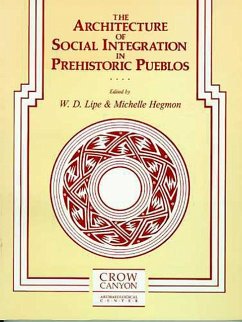
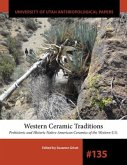

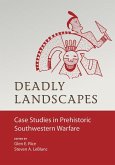
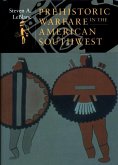
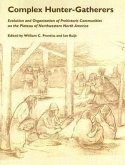
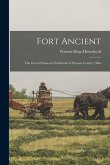
![Prehistoric Implements [microform]: a Reference Book, a Description of the Ornaments, Utensils and Implements of Pre-Columbian Man in America Prehistoric Implements [microform]: a Reference Book, a Description of the Ornaments, Utensils and Implements of Pre-Columbian Man in America](https://bilder.buecher.de/produkte/65/65551/65551993m.jpg)